Home>Gardening & Outdoor>Outdoor Recreation & Activities>Where Did The Game Cornhole Come From?
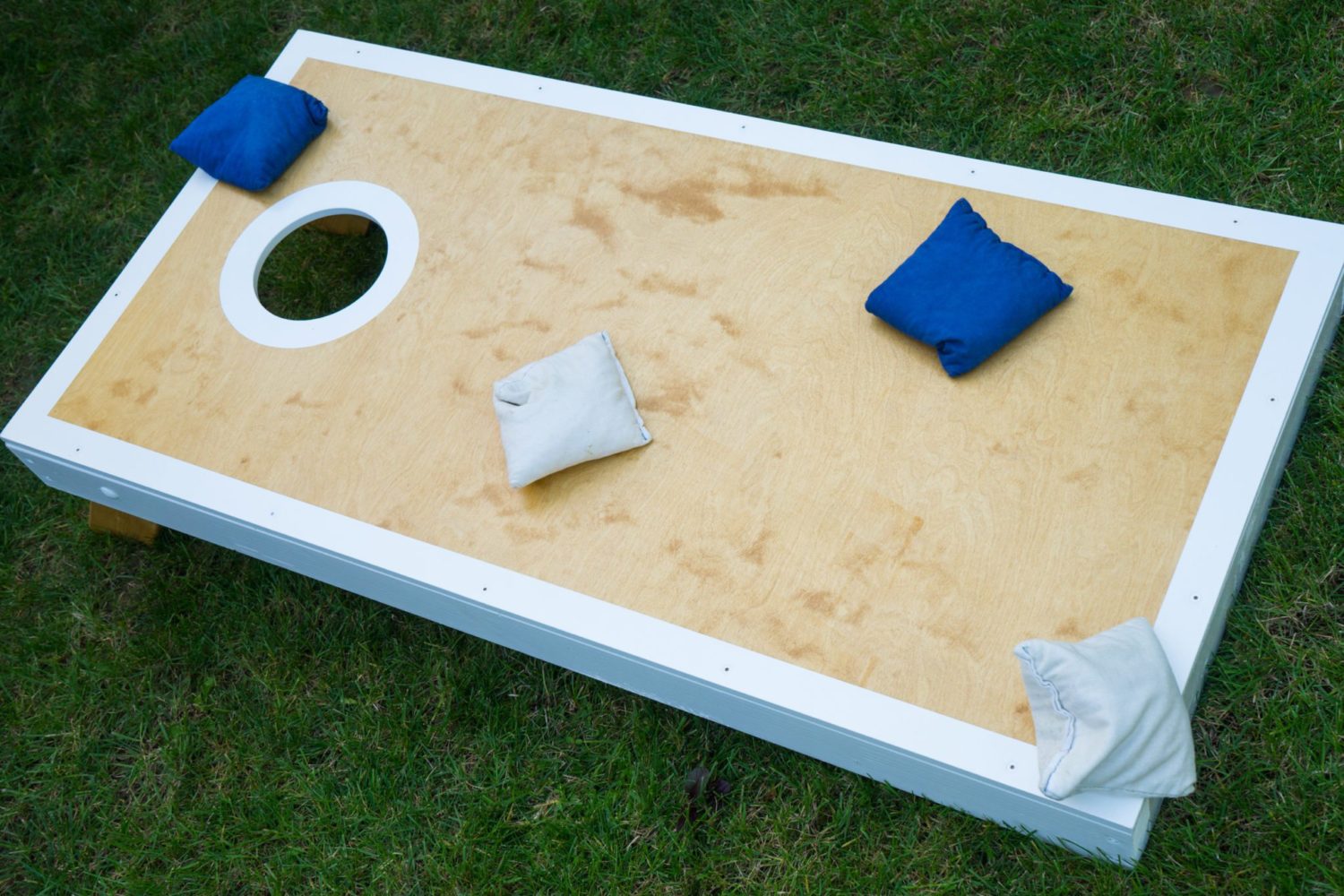

Outdoor Recreation & Activities
Where Did The Game Cornhole Come From?
Modified: August 27, 2024
Discover the origins of the popular outdoor recreation and activities game, cornhole, and its fascinating history. Uncover the roots of this beloved pastime and its evolution over time.
(Many of the links in this article redirect to a specific reviewed product. Your purchase of these products through affiliate links helps to generate commission for Storables.com, at no extra cost. Learn more)
Introduction
Introduction
Outdoor games have long been a source of entertainment and camaraderie, bringing people together to enjoy the great outdoors. One such game that has gained widespread popularity, particularly in the United States, is cornhole. This simple yet addictive game has become a staple at tailgates, backyard gatherings, and recreational events, captivating players of all ages with its easy-to-learn, yet challenging nature. In this article, we delve into the origins and evolution of cornhole, exploring its humble beginnings, rise in popularity, and modern-day appeal.
Early Origins of Cornhole
Key Takeaways:
- Cornhole originated in rural America as a simple yet addictive game, and its popularity has grown, making it a beloved pastime at tailgates, family gatherings, and competitive events.
- Modern cornhole combines tradition and innovation, with professional competitions, high-quality equipment, and charitable involvement, ensuring its enduring appeal and ability to bring people together.
Early Origins of Cornhole
The origins of cornhole can be traced back to early 20th century Kentucky, where a simple yet ingenious game involving tossing small bags filled with corn into a hole in a wooden platform was born. This classic pastime, also known as bean bag toss or dummy boards, provided endless entertainment for farmers and rural communities, offering a lighthearted and competitive way to unwind after a day’s work.
While the exact origins of the game remain somewhat elusive, it is believed to have emerged as a popular leisure activity among Midwestern farmers, who crafted the boards and bean bags using materials readily available on their farms. The game’s widespread appeal can be attributed to its accessibility and the camaraderie it fostered, as players of all ages and skill levels could participate, making it a beloved tradition in many communities.
As the game gained momentum, it underwent various iterations, with enthusiasts customizing the boards and bags to suit their preferences. The name “cornhole” itself is said to have originated from the bags filled with corn kernels, a practice that continues to this day, albeit with modern alternatives such as resin pellets or synthetic fillings. This nod to its agricultural roots adds a touch of nostalgia to the game, connecting players to its humble beginnings.
Rise in Popularity
Rise in Popularity
While cornhole initially thrived within rural communities, its appeal soon transcended geographical boundaries, making its way into suburban neighborhoods, college campuses, and social gatherings across the country. The game’s inherent simplicity and versatility contributed to its widespread adoption, as it could be enjoyed in various settings, from grassy lawns to sandy beaches, and even indoor venues during inclement weather.
One of the key factors that propelled cornhole into the mainstream was its incorporation into tailgating culture. As sports enthusiasts gathered to support their favorite teams before games, cornhole provided a spirited prelude to the main event, fostering friendly competition and camaraderie among fans. Its portability and quick setup made it an ideal addition to tailgate parties, further solidifying its status as a beloved pastime.
Moreover, the emergence of organized cornhole tournaments and leagues bolstered its popularity, attracting competitive players eager to showcase their skills and vie for coveted titles. This competitive aspect, coupled with the game’s inherent accessibility, drew in a new wave of enthusiasts, including those seeking an engaging recreational activity and others looking to test their abilities in a competitive setting.
As the digital age dawned, cornhole found a new platform for exposure through social media and online communities. Enthusiasts shared tips, tricks, and captivating gameplay videos, igniting a fresh wave of interest in the game. This digital visibility, coupled with the proliferation of DIY tutorials for crafting custom cornhole sets, empowered individuals to embrace the game and infuse their unique style into their equipment, further fueling its appeal.
With its growing presence in popular culture, cornhole became a staple at picnics, family reunions, and corporate events, offering a lighthearted yet engaging activity for participants of all ages. Its adaptability and inclusive nature contributed to its enduring popularity, solidifying its status as a quintessential outdoor game that continues to captivate players and spectators alike.
Modern Cornhole
The game Cornhole is believed to have originated in the Midwest United States, with some sources tracing its roots back to 14th century Germany. It has since become popular at tailgates, backyard barbecues, and social gatherings.
Modern Cornhole
As cornhole evolved from a cherished pastime into a cultural phenomenon, its modern iteration reflects a blend of tradition and innovation. The game’s enduring appeal lies in its ability to adapt to diverse preferences and playing styles, accommodating casual players and seasoned competitors alike.
One notable development in modern cornhole is the emphasis on professional competition, with sanctioned tournaments drawing skilled players from around the world. These events showcase the game’s competitive potential, featuring strategic throws, precision, and a level of skill that has elevated cornhole to a recognized sport with a dedicated following.
Furthermore, the availability of high-quality cornhole equipment, including regulation-size boards and weather-resistant bags, has enhanced the game’s standardization and overall playing experience. This accessibility to professional-grade gear has empowered enthusiasts to hone their skills and embrace the game with a heightened level of precision and authenticity.
Technology has also played a role in shaping modern cornhole, with the advent of electronic scoring systems and LED lighting incorporated into boards, adding a dynamic and visually striking dimension to the game. These advancements have not only elevated the aesthetic appeal of cornhole but have also enhanced the overall gameplay experience, particularly during evening gatherings and competitive events.
Another significant aspect of modern cornhole is its integration into charitable events and fundraising initiatives. The game’s inherent sociability and broad appeal have made it a popular choice for community fundraisers and philanthropic endeavors, leveraging its draw to rally support for various causes and charitable organizations.
Moreover, the online community surrounding cornhole continues to flourish, serving as a hub for enthusiasts to share strategies, connect with fellow players, and stay updated on the latest developments in the sport. This digital landscape has facilitated the exchange of ideas and techniques, fostering a vibrant and inclusive community of players passionate about all facets of the game.
Looking ahead, the future of cornhole appears promising, with its enduring charm and adaptability ensuring its continued relevance in leisure and competitive settings. As the game continues to evolve, it remains a testament to the enduring appeal of simple yet engaging pastimes that have the power to bring people together in the spirit of friendly competition and camaraderie.
Conclusion
Conclusion
Cornhole’s journey from a humble farmyard pastime to a widely celebrated game represents a testament to the enduring appeal of simple, outdoor activities that foster camaraderie and friendly competition. Its early origins in rural America laid the groundwork for a game that would capture the hearts of players across generations and geographical boundaries.
As cornhole transcended its rustic beginnings, it found a place in tailgating traditions, family gatherings, and competitive circuits, showcasing its remarkable adaptability and universal appeal. The game’s evolution into a modern pastime and recognized sport reflects its ability to blend tradition with innovation, catering to casual players and seasoned competitors alike.
Moreover, cornhole’s impact extends beyond mere entertainment, as it has become a vehicle for philanthropy, community engagement, and social connection. Its presence in charitable events and fundraising initiatives underscores its ability to unite people in support of meaningful causes, leveraging the game’s inherent sociability for the greater good.
Looking to the future, cornhole stands poised to continue captivating players and spectators, embracing technological advancements, and expanding its reach through digital communities and professional competitions. Its enduring charm lies in its accessibility, adaptability, and capacity to bring people together in the spirit of lighthearted competition and shared enjoyment.
Ultimately, cornhole embodies the essence of timeless outdoor recreation, offering a timeless blend of skill, strategy, and sociability that transcends age, background, and geography. As it continues to evolve and thrive, it remains a beloved fixture in the tapestry of outdoor leisure, inviting players to partake in a game that celebrates the joy of friendly competition and the simple pleasures of gathering with friends and family.
Frequently Asked Questions about Where Did The Game Cornhole Come From?
Was this page helpful?
At Storables.com, we guarantee accurate and reliable information. Our content, validated by Expert Board Contributors, is crafted following stringent Editorial Policies. We're committed to providing you with well-researched, expert-backed insights for all your informational needs.


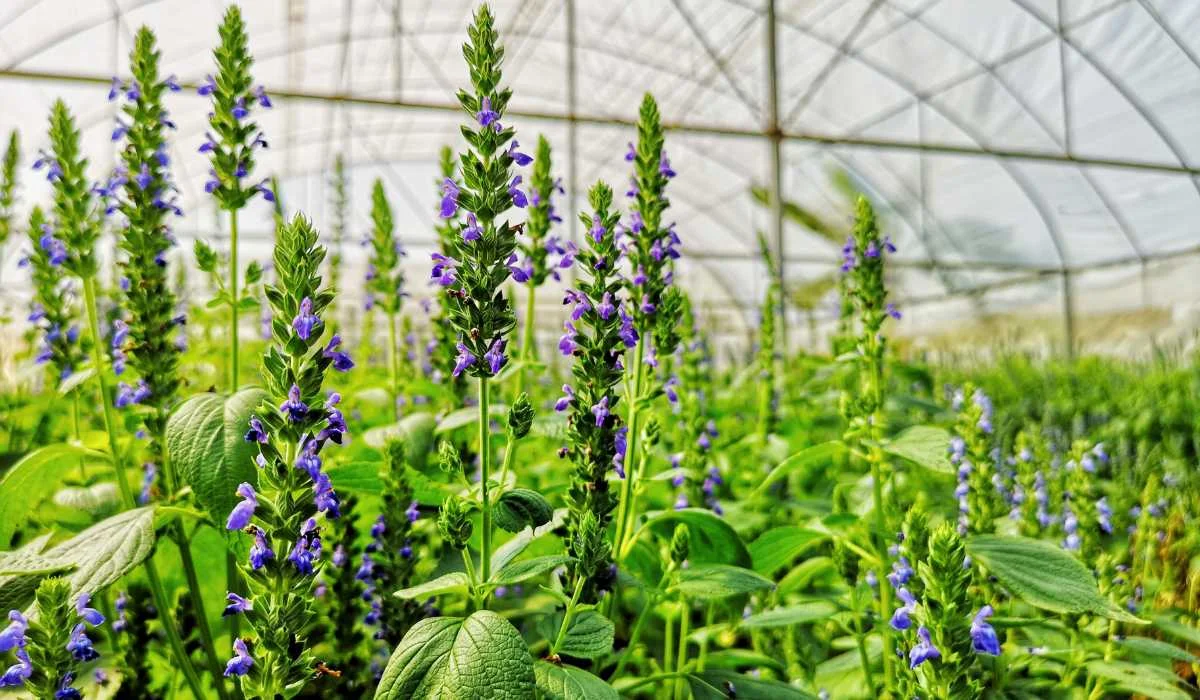
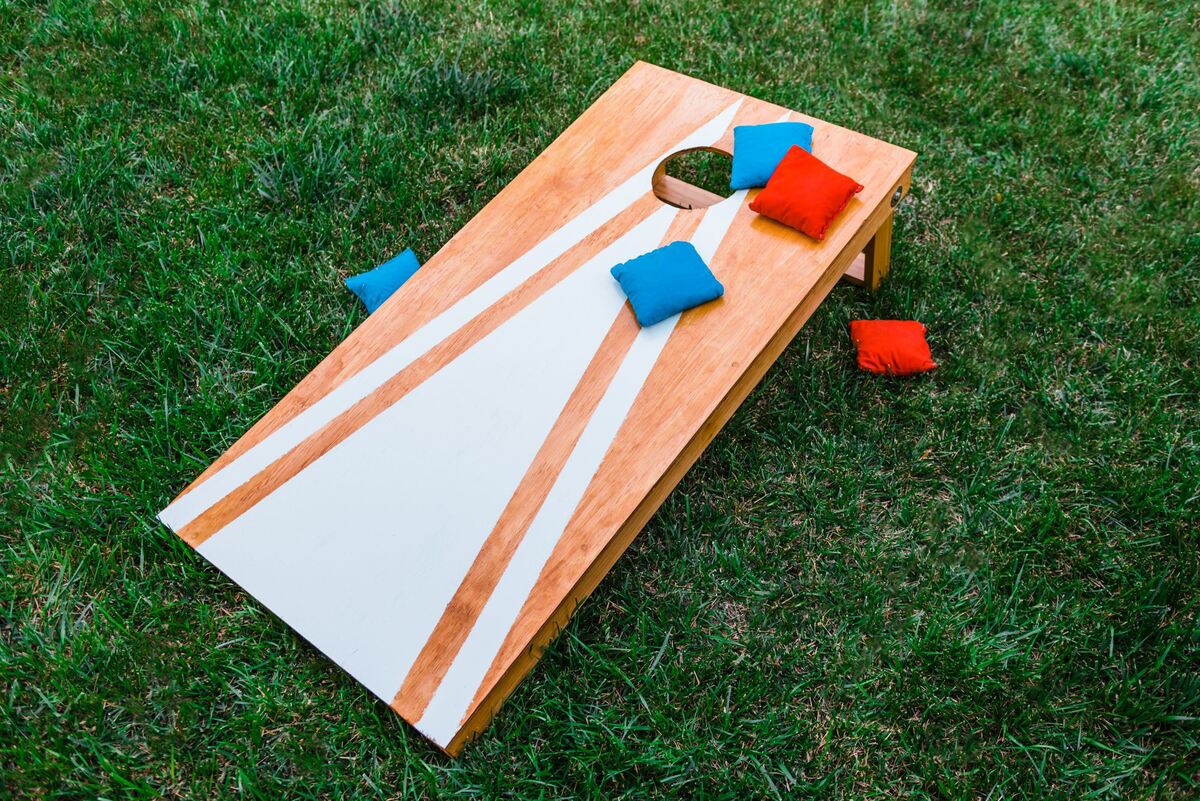
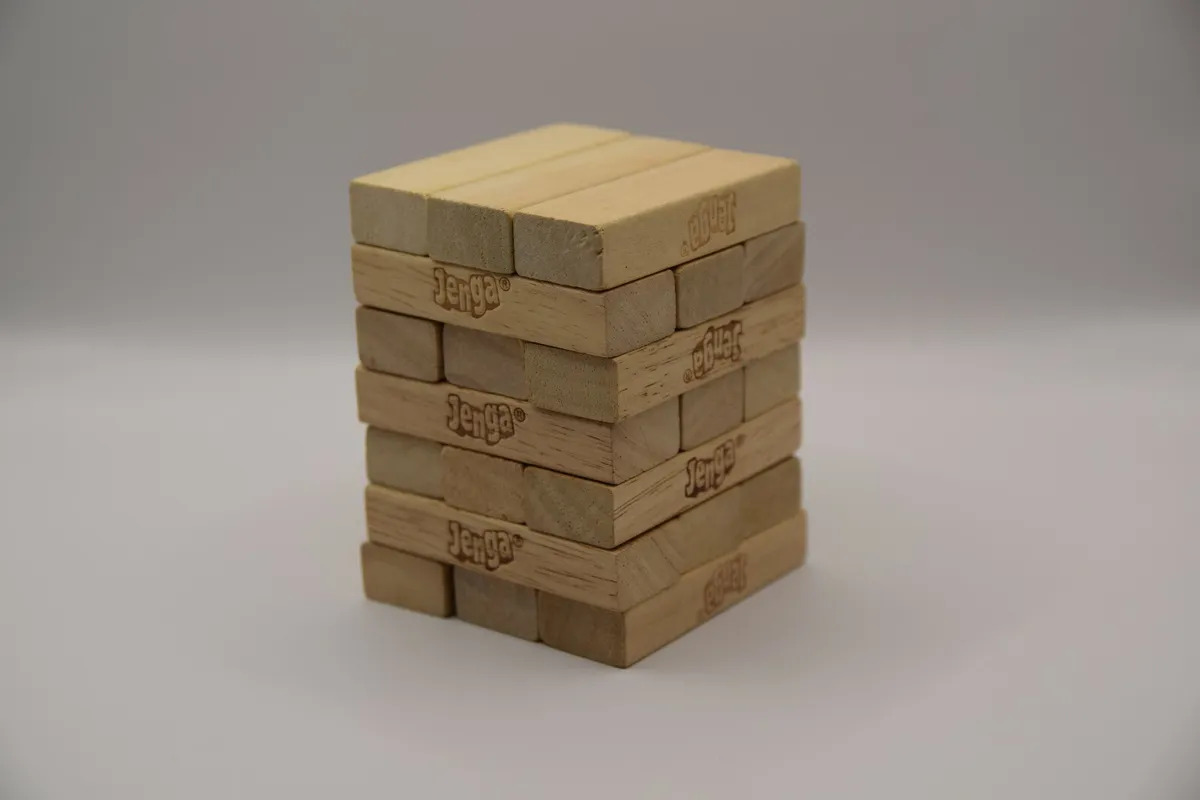
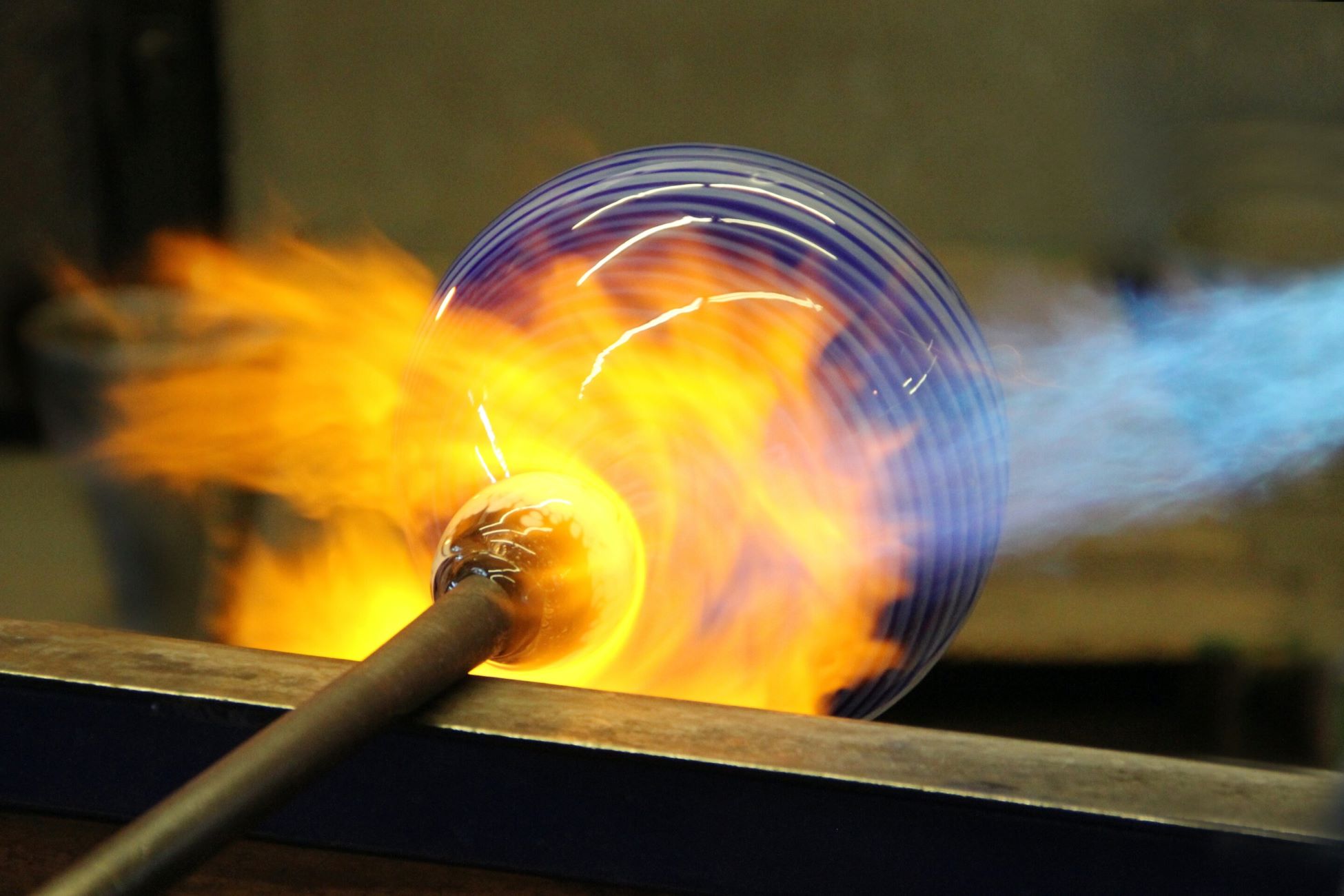
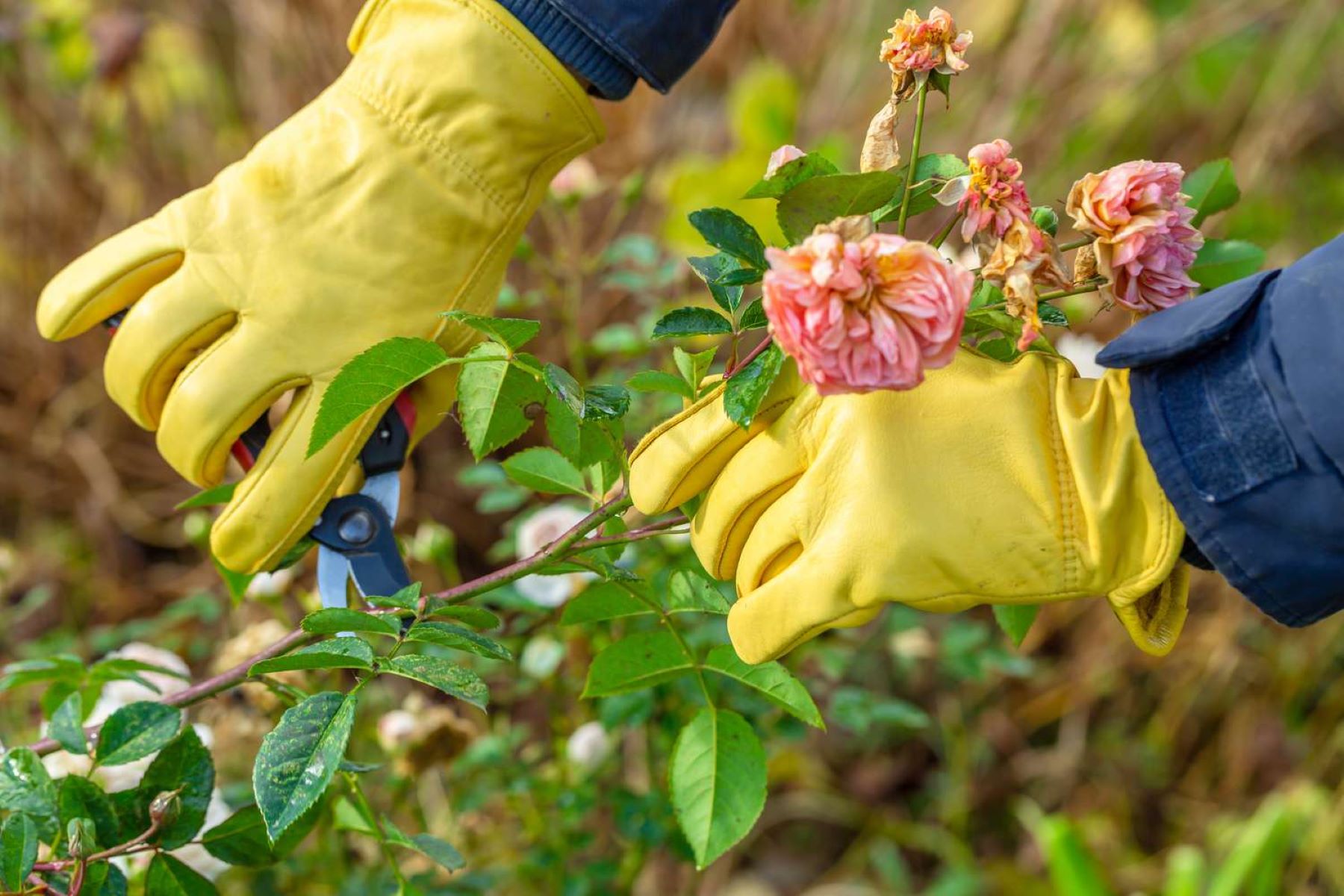



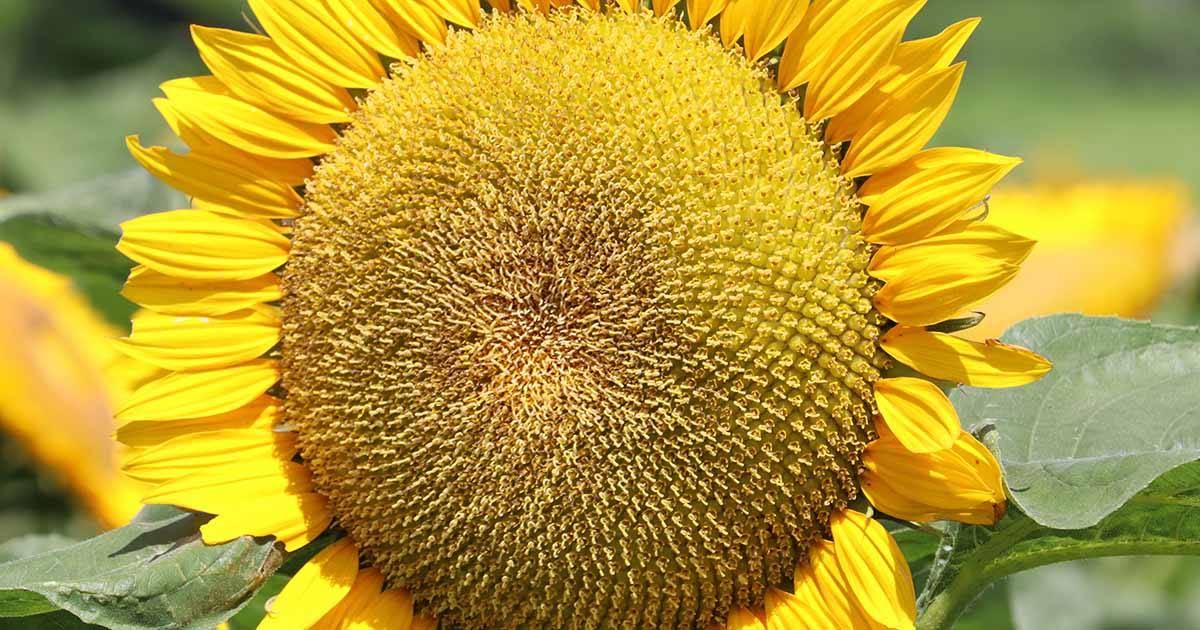


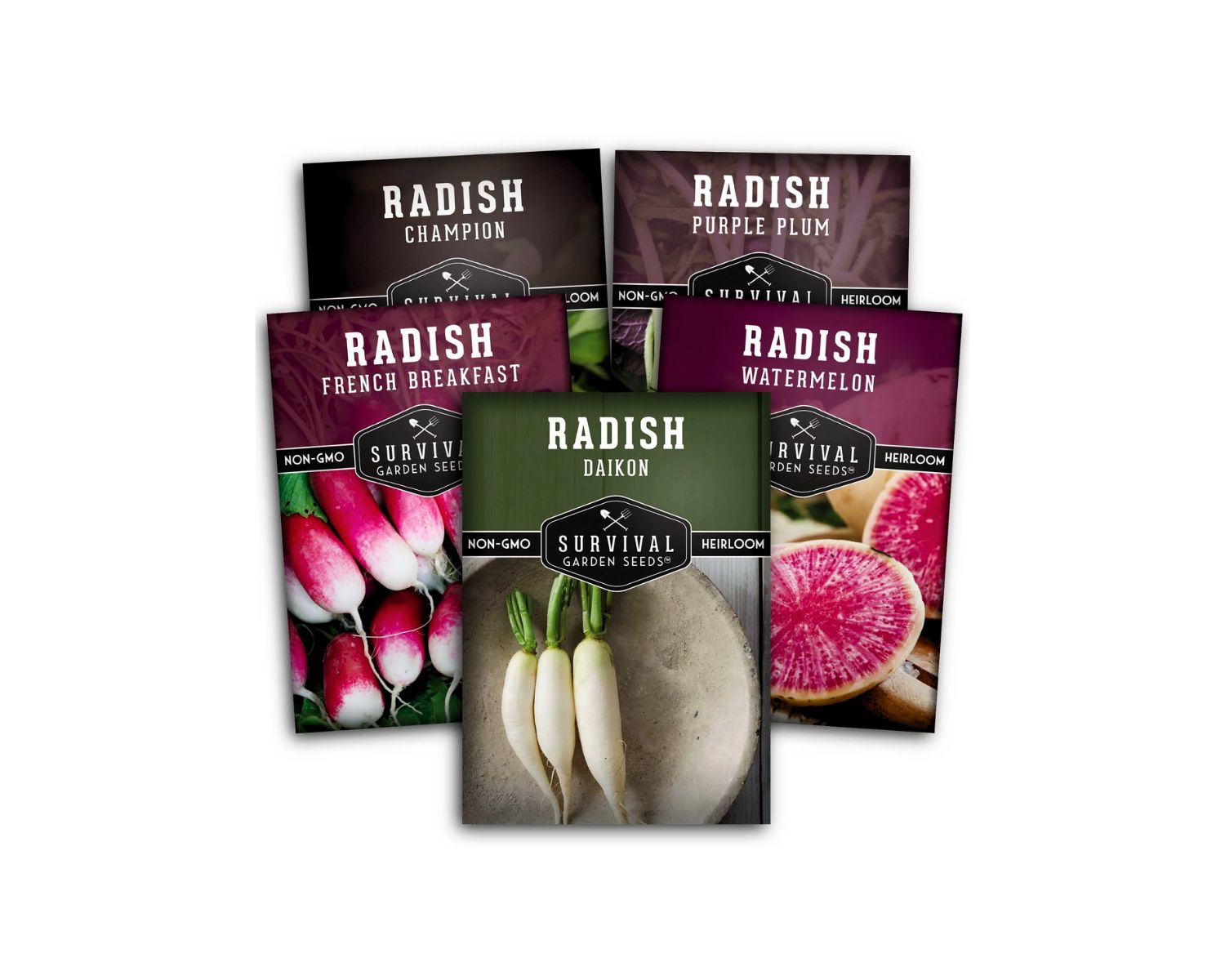


0 thoughts on “Where Did The Game Cornhole Come From?”